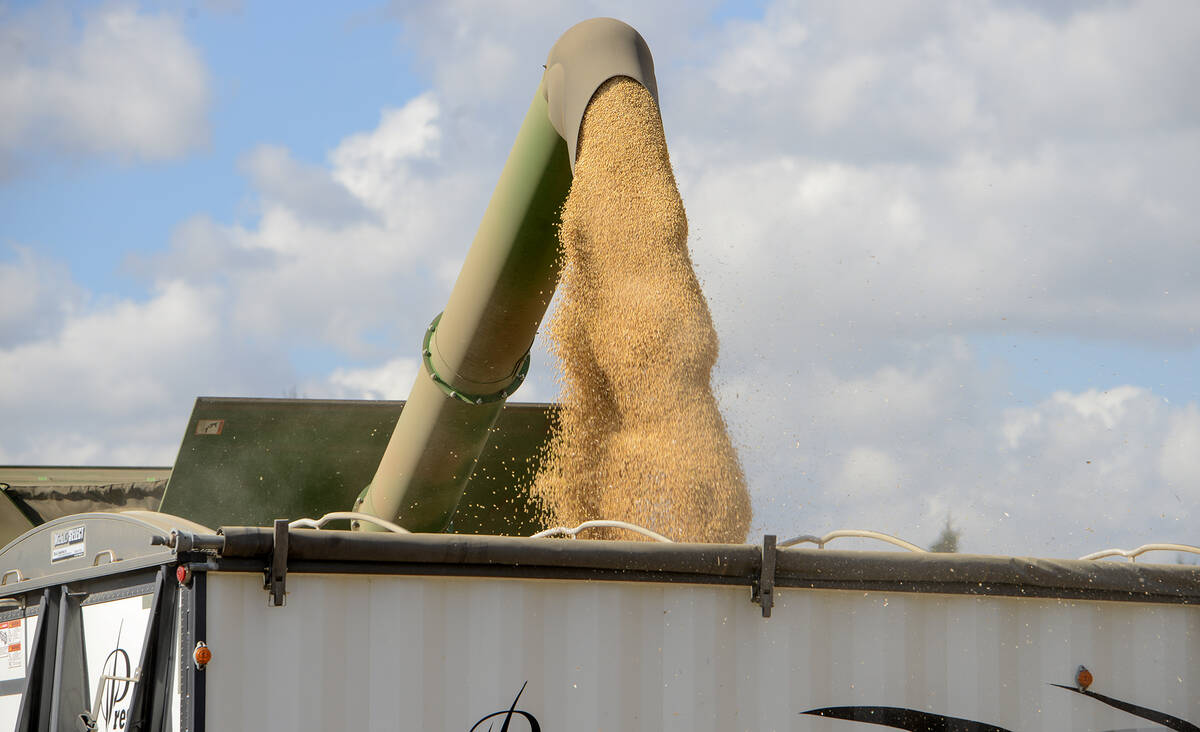As farmers contend with less-than-ideal canola yields, the main thing to keep in mind is the 2022-23 harvest will still be vastly better than last year’s.
On Sept. 14, Statistics Canada issued its latest production report, following up on its previous one released Aug. 29. That one was based on satellite imagery taken at the end of July, while the new report has imagery from the end of August.
- ICE weekly outlook: Seasonal upturn possible for canola
This more recent report took in at least some of the drier conditions the Prairies felt last month. Once-hopeful yields, even where seeding was delayed on the eastern half of the region, were largely dashed. Any ideas of harvest coming in at 20 million tonnes or more have been eradicated.
Still, despite the wet conditions that plagued the eastern Prairies and the dryness across most of the western half, there’s little chance of canola production falling below 18 million tonnes. Now compared to the 13.8 million tonnes reaped last year, things aren’t so bad.
Read Also

Grain markets hungry for U.S. data
The U.S. government shutdown meant that futures markets were left without robust grain supply information
Even when farmers were seeding their crops, some analysts and traders already touted that a mediocre canola harvest would be a victory. And that’s exactly what the Prairies are seeing now — at least for the time being.
With September now into its second half, the threat for severe frost looms. Such could all too easily dash more hopes, further reducing canola production. As doom and gloom will always remain present, getting as much of the crops off the fields is paramount.
Saskatchewan reported on Sept. 15 that its province-wide harvest hit 64 per cent complete, having gained 22 points on the week thanks to good combining weather. That pushed farmers seven points above the five-year average.
Manitoba was lagging, with 32 per cent of its crops off of the fields, versus the five-year average of 65 per cent done. Alberta was at 37 per cent complete, 10 points above its average pace — albeit in the provincial crop report from the previous week. Harvests there would be further along by now.
While canola appears to be set to yield less than expected, spring wheat production could further increase. StatCan added just over 488,000 tonnes to its call on spring wheat from August, bringing the agency’s projection to 26.05 million tonnes. Compared to last year, that’s a jump of over 60 per cent.
As projections for winter wheat remained relatively stable at 2.53 million tonnes, there were some raised eyebrows over durum. Although StatCan lowered its forecast by 5.5 per cent at 6.12 million tonnes, there’s concern in the trade that durum might not make six million tonnes, due to reduced yields.
















